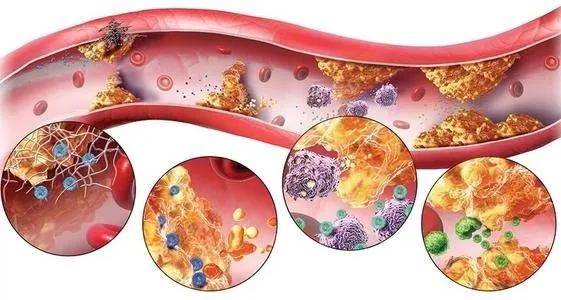Mental illness is a disease caused by abnormalities and disruptions in mental states such as perception, cognition, emotions, as well as personality, behavior, and psychological functions due to brain dysfunction. Serious mental disorders include schizophrenia, paranoid psychosis, bipolar disorder, epilepsy-induced mental disorders, and intellectual disability associated with mental disorders.
Currently available antipsychotic drugs primarily work by blocking dopamine D2 receptors, most of which can only control positive symptoms of patients, while the improvement of negative symptoms and cognitive function remains a clinical challenge. Therefore, there is an urgent need for new medical approaches for treatment. Biologically speaking, human emotions and behaviors are inseparable from the chemical pathways of neurons and neurotransmitters, and mental disorders are closely related to dopaminergic pathways.
The dopamine hypothesis was proposed in the 1960s, suggesting that patients with schizophrenia have an overactive central dopamine function. There is considerable supporting evidence for this hypothesis. For example, long-term use of cocaine or amphetamines can cause a person without any genetic background of mental illness to experience hallucinations and delusions. In simple terms, the neurotransmitters of patients with mental illness are in a state of secretion disorder with dopamine. Excessive secretion leads to disorders such as schizophrenia and mania, while insufficient secretion results in depression, autism, and other conditions. The disorder of various secreted substances causes different types of mental illnesses. Stem cells possess low immunogenicity and, under suitable conditions, can differentiate directionally into neurons and glial cells, secreting various cell-active factors to achieve repair of neural system functions through mechanisms such as immune regulation, inhibition of inflammatory responses, reduction of cell apoptosis, and cell replacement.
The four potential mechanisms of stem cells are: ① Replacement therapy, promoting the regeneration of neural stem cells; ② Group repair, reconstructing the brain’s neural network; ③ Immune regulation, improving the microenvironment of brain tissue; ④ Neuroprotection, providing neurotrophic support. Research on stem cell therapy has mainly focused on animal experimental models, with a small portion entering the early stages of clinical trials. Through the special means of regenerative medicine, stem cell therapy is a new exploration. Currently, stem cell therapy has achieved success in the study of depression and autism, confirming that stem cells can improve and repair the structure and function of the nervous system to a certain extent, indicating that stem cell therapy is indeed feasible.
Stem cell therapy is a new avenue for treating mental illness.
As a novel intervention technique, stem cell therapy has been proven through experimental research to bring significant improvement to various types of mood disorders. A survey among individuals with different psychological disorders found that emotions have a significant impact on stem cell growth.
If emotional distress affects the cell differentiation of various tissues within the body, it can severely inhibit cell regeneration, leading to a destruction of one’s own immune function. Continuous input of neural stem cells can ensure that various hippocampal tissues in neurons are repaired. By restoring the damaged neural tissue in the brain, all brain organs can be…


